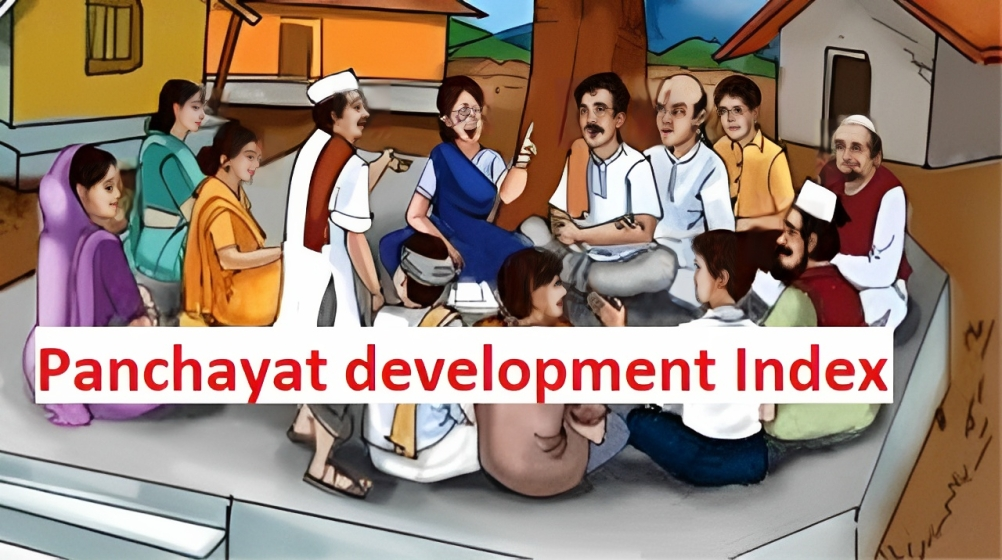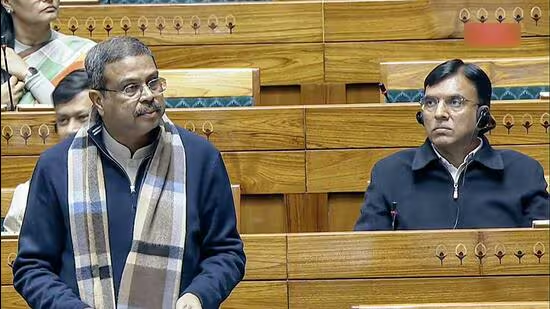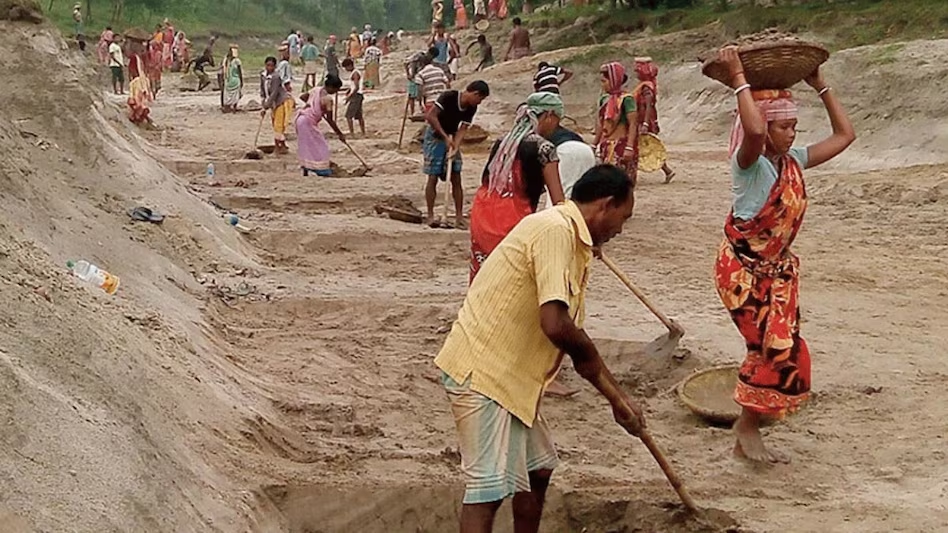Description

Copyright infringement not intended
Context: The Union Minister of State for Panchayati Raj released a report on the Panchayat Development Index.
Details
- The Panchayat Development Index (PDI) Report includes 688 data points on 9 themes, 144 local targets, and 577 local indicators.
- To create a modelled Gram Panchayat Development Plan, the Panchayat will use the PDI as a baseline for establishing local targets and action points with quantifiable indicators.
- It provides an update on how well the Panchayats are doing at working together to create institutional frameworks that will enable them to pursue development objectives.
Panchayat Development Index (PDI)
- It is a new initiative by the Ministry of Panchayati Raj to assess the progress of local development through panchayats, the rural self-government institutions in India.
- The PDI is based on the concept of Localization of Sustainable Development Goals (LSDGs), which aims to align the national and global development goals with the local context and priorities.
- It is designed to be a compact and comprehensive statistical tool that captures various aspects of development at the panchayat level.
- It covers nine themes that reflect the vision of an ideal village, such as;
- Poverty-free
- Healthy
- Child-friendly
- Water-sufficient
- Clean and green
- Self-sufficient
- Socially just and secure
- Well-governed
- Women-friendly
- The PDI takes into account the inputs, outputs, and outcomes of development interventions in each theme.
Method
- The PDI is calculated by aggregating the scores of indicators under each theme and then normalizing them on a scale of 0 to 100.
- The PDI score reflects the level of development achieved by a panchayat in comparison to other panchayats in the same district, state, or country.
- The PDI categorizes the panchayats into four grades based on their scores:
- A+ (above 90%)
- A (75-90%)
- B (60-75%)
- C (40-60%)
- D (below 40%)
Significance
- The PDI has several applications for policymaking, planning, monitoring, evaluation, and learning.
- It can help identify the strengths and weaknesses of panchayats in different themes and indicators, and suggest areas for improvement.
- It helps allocate resources and incentives based on performance and needs. Moreover, it can facilitate peer learning and best practice sharing among panchayats.
- It can serve as a tool for citizen engagement and social accountability, as it provides transparent and accessible information on the status of local development.

Conclusion
- The PDI is a pioneering effort to measure and monitor local development through panchayats in India. It is expected to contribute to the achievement of LSDGs and enhance the quality of life in rural areas. The Ministry of Panchayati Raj plans to scale up the PDI to cover all panchayats in the country in a phased manner.
Must-Read Articles:
National Panchayati Raj Day: https://www.iasgyan.in/daily-current-affairs/national-panchayati-raj-day
SDGs in Panchayati Raj Institutions: https://www.iasgyan.in/daily-current-affairs/sdgs-in-panchayati-raj-institutions
|
PRACTICE QUESTION
Q. Local-level institutions, such as municipalities, cooperatives, community-based organizations and local NGOs, play a vital role in promoting socio-economic development and achieving the sustainable development goals (SDGs). How can local-level institutions leverage partnerships, innovation and technology to improve their performance and impact on socioeconomic development and the SDGs?
|
https://pib.gov.in/PressReleasePage.aspx?PRID=1936054










